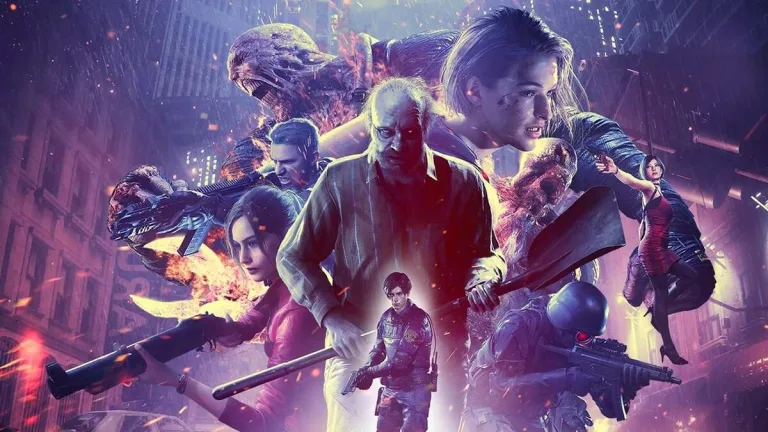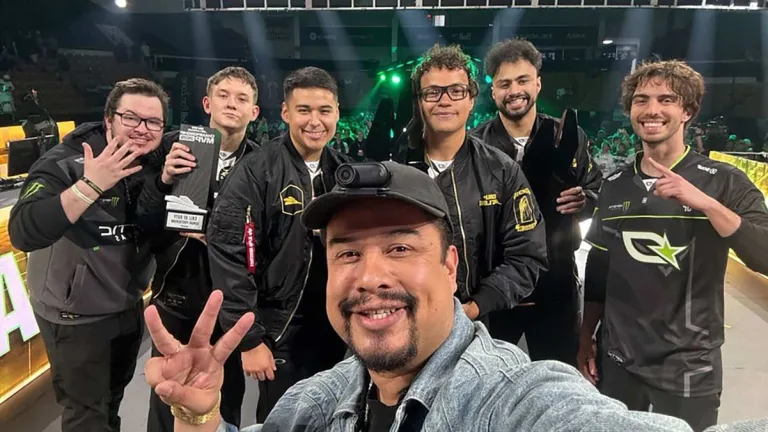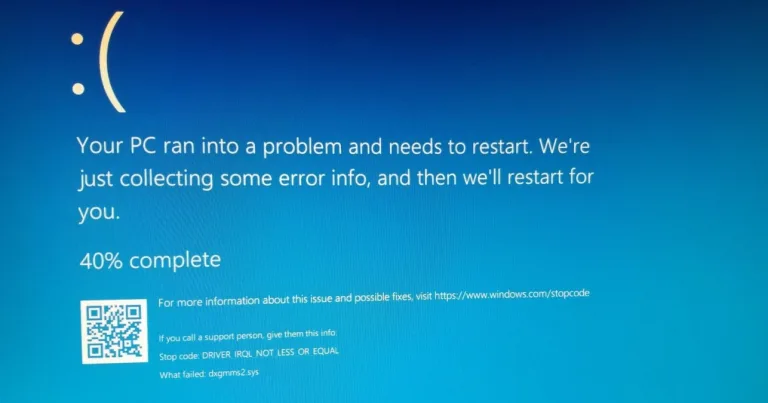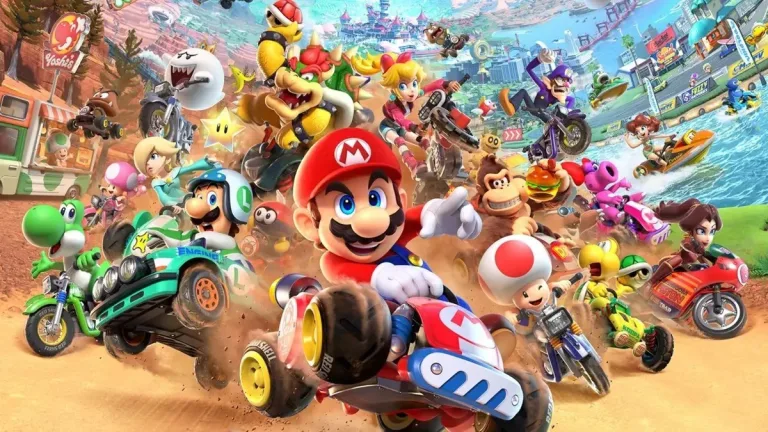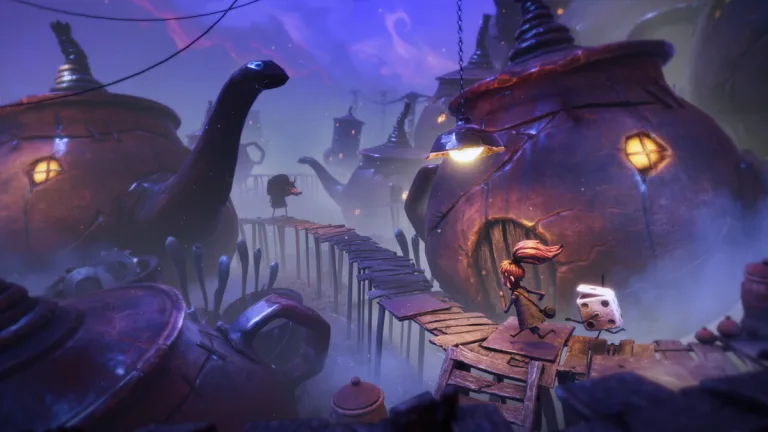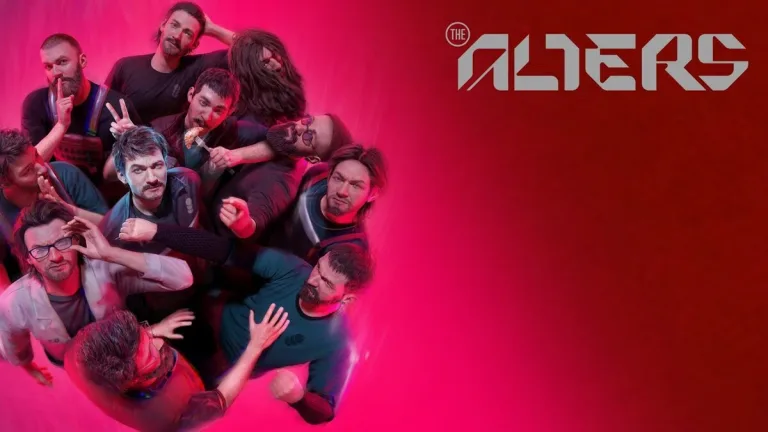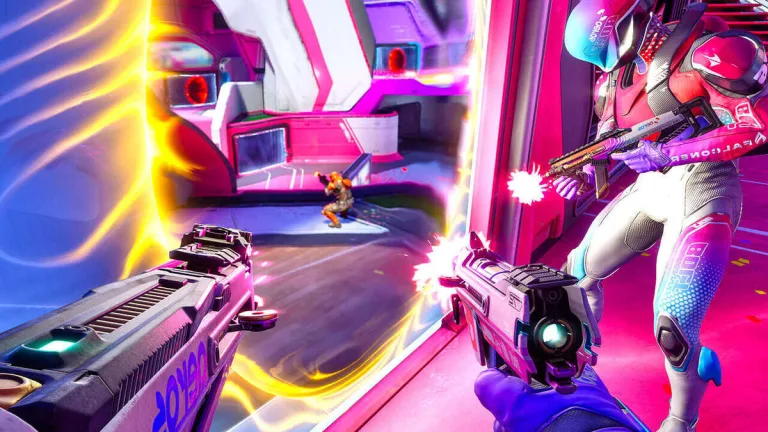On June 29, 2025, Capcom quietly flicked the switch off for Resident Evil Re:Verse, bringing an online...
Month: June 2025
In a weekend defined by jaw-dropping turns and unrelenting intensity, OpTic Texas etched its name into Call...
For PC gamers, the Blue Screen of Death (BSOD) wasn’t just a system crash—it was a rage-quit...
Nintendo returns to the racetrack with Mario Kart World, launching it alongside its latest console in a...
Warhammer 40,000: Space Marine – Master Crafted Edition might be quite a mouthful to say, but the...
FBC: Firebreak is the latest entry in the Control and Alan Wake universe, but with a multiplayer...
Capcom Spotlight Juen 2025 delivered exactly what fans have been craving: a laser-focused, 40-minute showcase centered on...
Lost in Random: The Eternal Die is a not-so-direct sequel to the original game that expands its...
If you ever thought working with random people was hard, The Alters challenges you with something even...
When Splitgate launched in 2019, it surprised players by combining classic arena shooter gameplay reminiscent of Halo...


